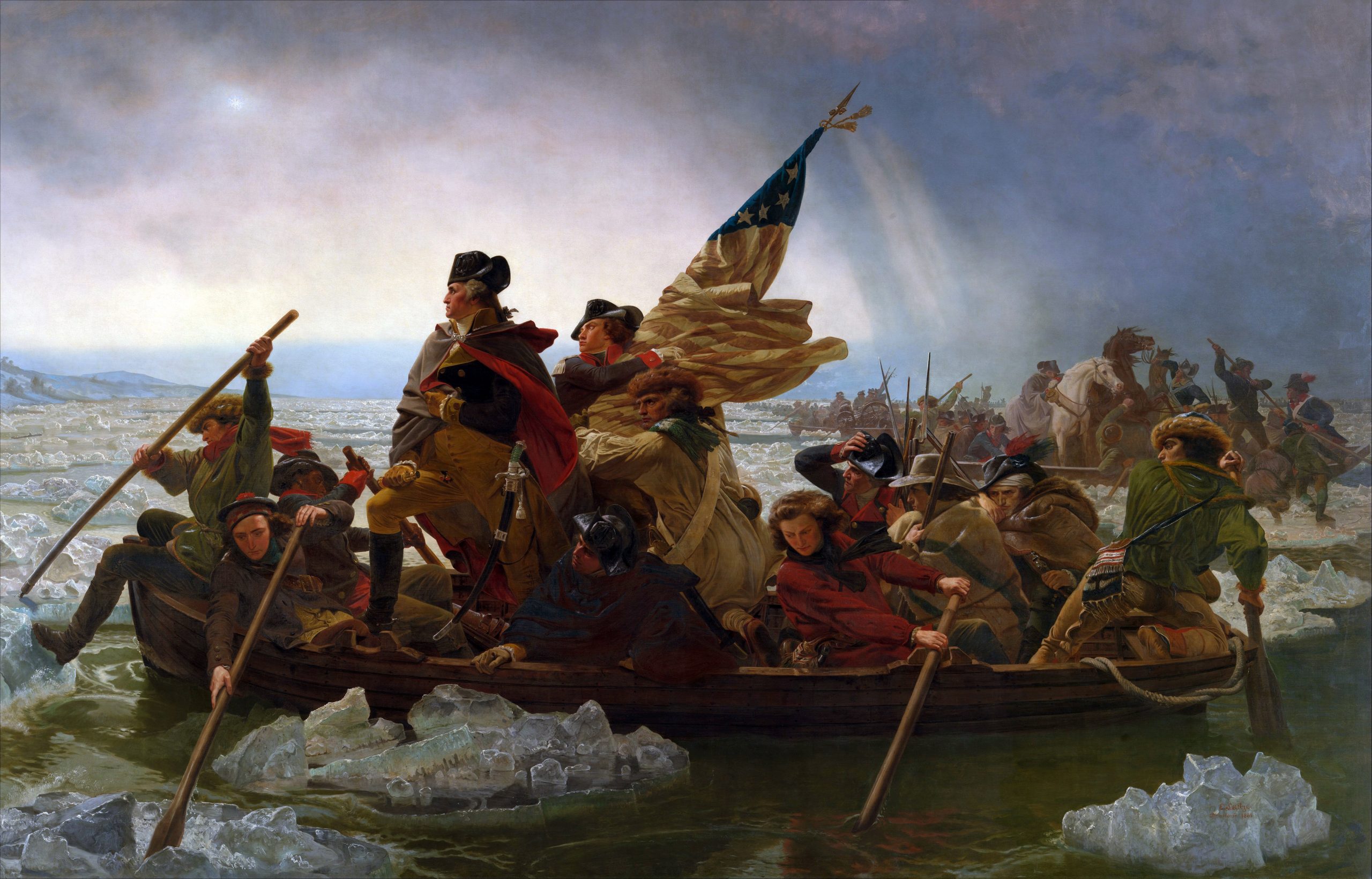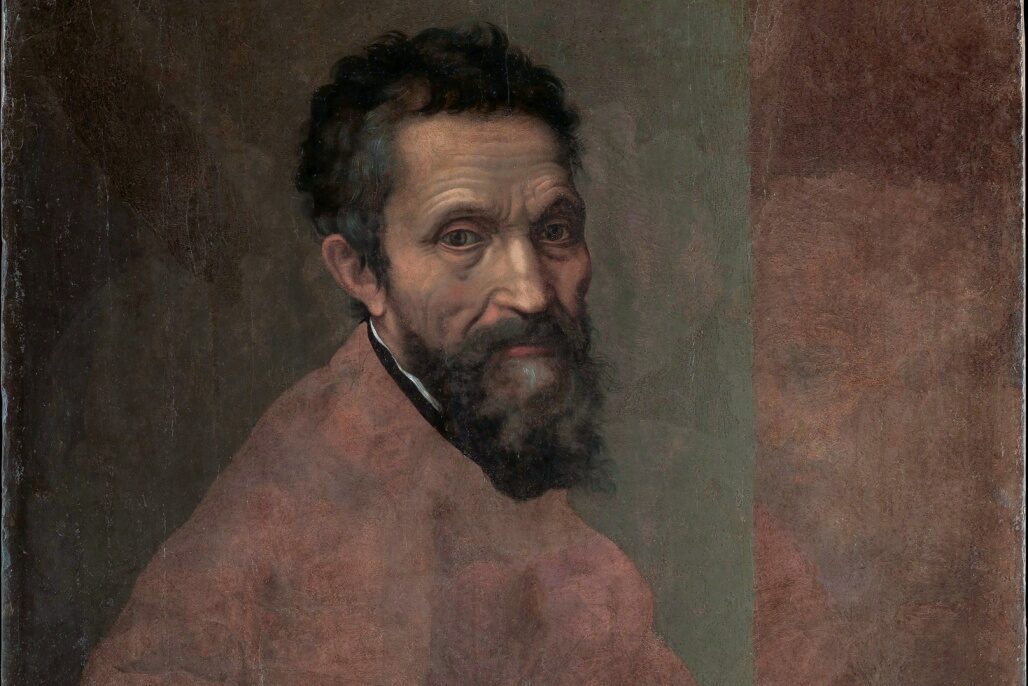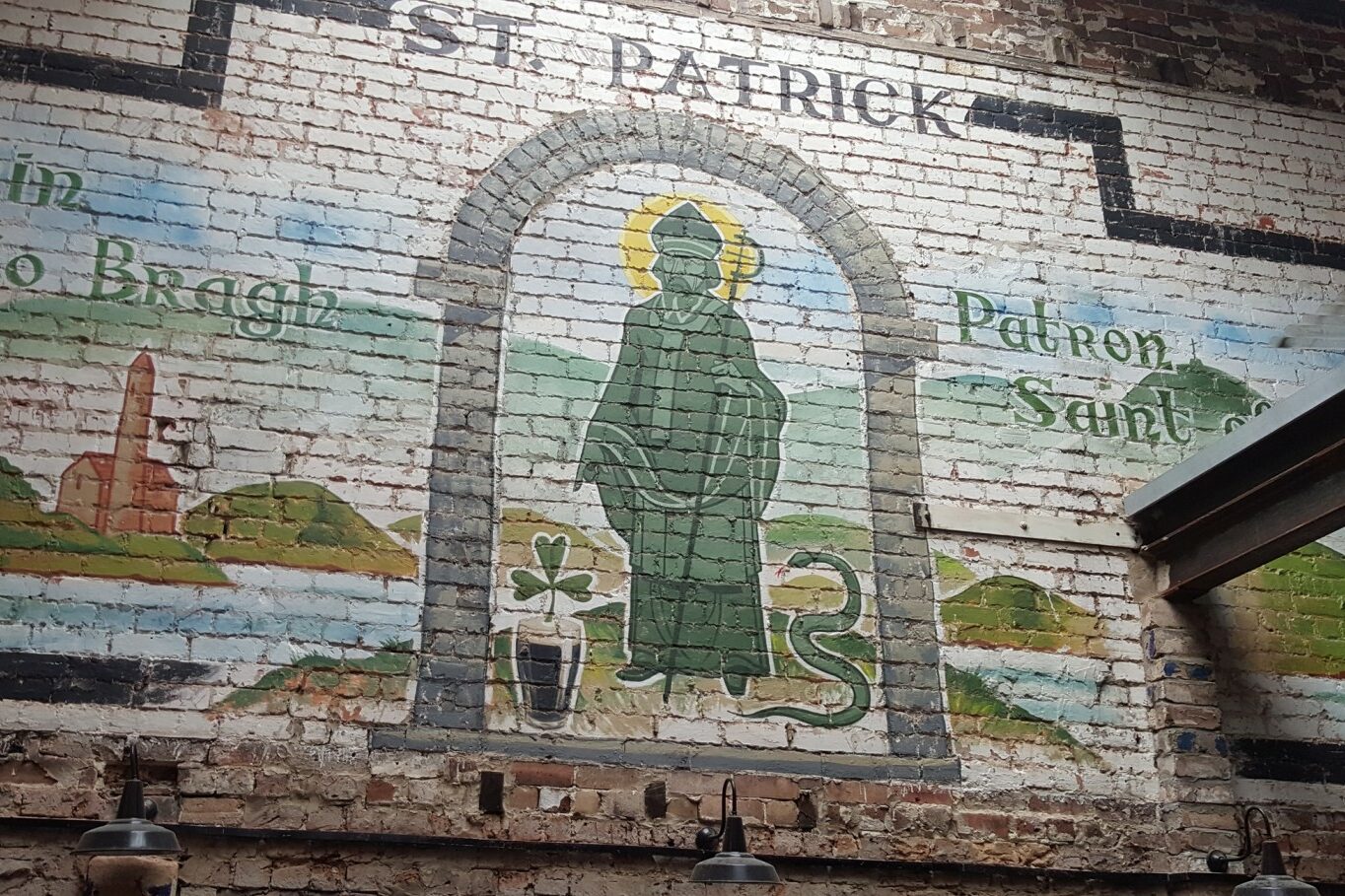Dear Readers,
As the July 4th celebrations begin, let me refresh your memory and mine on the Declaration of Independence which began “When in the Course of human events it becomes necessary for one people to dissolve the political bands which have connected them with another, and to assume among the powers of the earth, the separate and equal station to which the Laws of Nature and of Nature’s God entitle them, a decent respect to the opinions of mankind requires that they should declare the causes which impel them to the separation,” and then went on to list their grievances against the present King and his systems of government.
This document was signed by the Representatives of the 13 original colonies, Delaware, Pennsylvania, New Jersey, Georgia, Connecticut, Massachusetts, Maryland, South Carolina, New Hampshire, Virginia, New York, North Carolina and Rhode Island, in Philadelphia on July 4, 1776 and that is the date we annually commemorate.
Naturally, King George III, upon receiving the document, was not pleased and a long war followed.
And, although not often found in our school history books, the contributions of Italians and Italian Americans to the American Revolutionary War were many:
After the Colonists declared themselves independent of England and set up “The United States of America”, a long war followed this “Declaration”, and it was not until April 30, 1789 that George Washington- “first in war, first in peace, and first in the hearts of his countrymen”- became the first President of the United States.
He took the first U.S. Presidential oath of office on the balcony of the City Hall in New York- the new nation’s temporary capital. From 1789 to 1790, the Presidential mansion was located at No. 1 Cherry Street, New York; John Adams of Massachusetts was Vice President.
***
A bit of the back story:
Columbus discovered America in 1492. When heads of European countries discovered a “new world”, many of them tried to get a share of it. A sort of race began. Spain took possession of South America, Mexico and all the southern part of our new U.S.A.
Then France, Holland and England wanted a share, but could not agree upon a division that would satisfy all four. In a war between England and Holland, England got the Dutch colonies of New York, New Jersey, Delaware and Pennsylvania. Then England drove out the French. The king sent a regiment from the Ohio River and Valley.
Eventually, England too, would go. A few years after the war with France, the English colonists (Yankees) began to quarrel with the mother country. The king of England had won the war against France, but had ended up deeply in debt and wanted the colonists to help pay for it.
In 1765, he passed the Stamp Act, which meant that every time some kind of goods were brought or sold, it was necessary to buy stamps to put on deeds, wills, playing cards, newspapers, almanacs, and advertisements printed in newspapers, etc. to make them valid. King George began appointing officers in America to sell the stamps. Mobs visited the homes of stamp officers, after which very few of the officers were bold enough to sell them.
Benjamin Franklin of Pennsylvania, on business in London, told the king he had no business taxing the colonists for these “Sons of Liberty” had already paid more than their share of the English/French War by furnishing men and supplies for the army, and for settling America and bringing it under the English flag. The English king and government gave up on the stamps tax, but never stopped trying to get more money from the colonists. Soon another law was passed saying they must pay tax on certain goods brought to America from England. This law made the colonists angry, and they quit buying goods from England until the English merchants begged the government to give up the law because they did not want the Americans to quit trading. “Okay”, said King George, “but the Tea Tax stays”.
In December of 1773, ships carrying tea arrived in Charleston, Philadelphia and New York. When the people refused to buy the English “Royal Tea”, it was stored in damp cellars to rot, but in Boston, after the colonists asked the governor to send the tea back to England and he refused, a large party of men made up as Indians boarded the ships. With tomahawks waving, they dumped 342 chests of tea overboard into the bay, i.e. the “Boston Tea Party”.
Boston patriot Paul Revere had taken his “midnight ride” on April 18, 1775, the eve of the Battle of Lexington. The quarrel with England had been going on for ten years. The July 4, 1776 signing of the Declaration of Independence just formalized it. At the outbreak of the Revolution, Italians and Italian Americans with anglicized spellings of their names were early getting their share of fatal firepower from the British soldiers, i.e. James Bracco, killed in action on October 28, 1776. But Italy contributed more than men to the American Revolution. Even before the conflict started, Italy was a source of inspiration to American patriots because of the struggle waged by Pasquale Paoli and his fellow Corsicans for independence.
***
Many men from France with Italian surnames fought during the American Revolution. Some of them were probably the offspring of Italians who settled in France, or Italian citizens who assumed or were given French surnames.
British records also provide additional evidence of Italian participation in the American Revolution. Whenever the English imprisoned an enemy soldier, they kept a record of his name and rank in a ledger.
Among the Italian-born volunteers to bear arms against the British were Filippo Mazzei, Carlo Bellini and Vincenzo Rossi, who joined Patrick Henry’s forces. Newspaper articles by Mazzei and his close friend Thomas Jefferson inspired the formation of independent military companies of volunteers in every county of Virginia. When British troops landed at Hampton in 1775, Mazzei, Bellini, James Madison and Vincenzo Rossi joined the company of Albemarle County as privates.
In 1778, Bellini became a clerk of foreign correspondence for Virginia and the first professor of modern languages at the College of William and Mary. In 1779, Mazzei received a letter from Governor Patrick Henry asking him to go to Europe to seek foreign aid for Virginia. Mazzei accepted. On June 20, Mazzei, his wife and daughter set sail for Europe. When their ship, the Johnston, was 30 miles from the Virginia coast, an English privateer overtook the vessel. The British imprisoned Mazzei for three months on Long Island.
After they released him in mid-September, he and his family sailed for France. Mazzei visited high officials in Genoa and Florence, and wrote many articles in favor of the American cause. He busied himself gathering useful political and military data, which he sent to his friend Jefferson, the new governor of Virginia.
Mazzei advocated a military plan that called for coordinated action by the French navy and American army as the best way to defeat the British. He told his plan to Jefferson in a letter dated May 20, 1780. Mazzei stressed that “nothing could be done without superiority on water…” Mazzei also gave a sketch of his plans to the French general Compte de Rochambeau. American and French forces applied this strategy successfully at theBattle of Yorktown (a small town in Virginia, on the York River), which was the last land engagement of the American Revolution.
***































